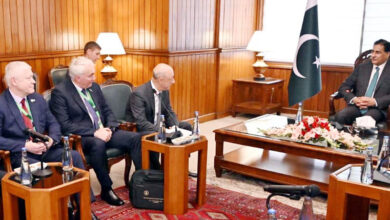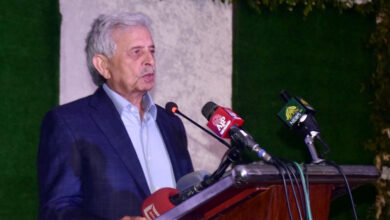طريق الحرير
أقرأ التالي
سلايدر
12 نوفمبر، 2025
خطط تحديث ميناء كراتشي لتعزيز الكفاءة والنمو الاقتصادي
12 نوفمبر، 2025
البنك الدولي يؤكد دعمه لحكومة البنجاب في مشاريع تغير المناخ
12 نوفمبر، 2025
الرئيس يؤكد على تعزيز العلاقات الاقتصادية مع الفلبين
12 نوفمبر، 2025
خطط تحديث ميناء كراتشي لتعزيز الكفاءة والنمو الاقتصادي
12 نوفمبر، 2025
باكستان وفرنسا تتفقان على تعزيز التعاون في قطاع سك العملة
11 نوفمبر، 2025
أحسن إقبال: التحول القائم على البيانات أساس التقدم
مقالات ذات صلة
شاهد أيضاً
إغلاق





